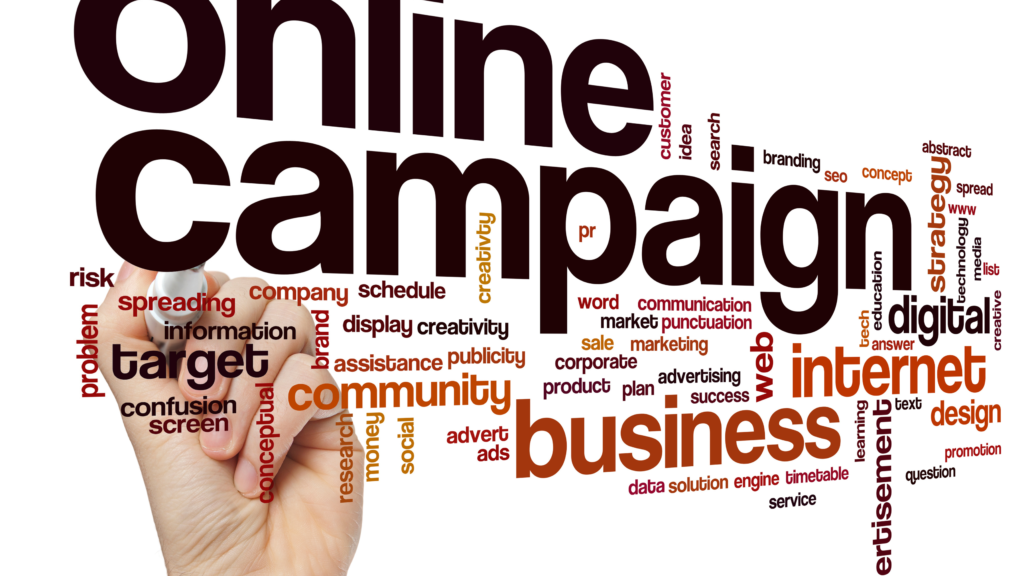Digital Marketing

Introduction
In order to help brands establish their presence, engage audiences, and increase traffic or sales, social media management and campaign execution are crucial components of digital marketing. Campaign-focused content combined with an organized social media management plan can increase brand recognition, foster community involvement, and accomplish particular business objectives.
Campaign Structure and Execution
- Make Campaign-Specific Hashtags: To brand your campaign and entice consumers to interact with and follow it, utilize original hashtags.
- Paid Social Media Advertising: Make use of advertisements to increase exposure, target particular demographics, and encourage sales. Social media ads come in a variety of forms.
- Paid posts that show up in users’ feeds are called sponsored posts.
- Carousel ads combine several pictures or videos into one advertisement.
- Mobile-friendly, eye-catching content is what video and story ads are.
- Lead generation advertisements: Point visitors to lead captures or sign-up forms.
- Influencer Partnerships: To expand your reach, team up with influencers who share your values.
- Influencers can host takeovers, write stories or posts, or post about the campaign.

Engagement and Management of Communities
React Quickly: Interact with your audience by answering tags, DMs, and comments right away. Recognize all comments, whether good and bad.
Engage Through Stories: Stories work well for behind-the-scenes information, surveys, daily updates, and Q&A sessions.
Campaigns for User-Generated Content: Users should be encouraged to produce and distribute brand-related content. This can be done through brand-related tales, reviews, or photo challenges.
Analytics and Monitoring
Track KPIs: Establish quantifiable measures, such as engagement rate, reach, click-through rate (CTR), conversion rate, and return on ad spend (ROAS), that are based on campaign objectives.
Examine the insights: To track performance, use third-party tools like Hootsuite, Sprout Social, or Buffer in addition to platform data like Instagram data and Facebook Analytics.
A/B testing Try a variety of ad language, images, and content formats to see what appeals to your audience the best.

Reporting and Wrap-Up for the Campaign
Gather Results: Examine how well the campaign achieved its objectives. Report on sales, leads, impressions, reach, and engagement.
Determine Your Achievements and Potential Improvements: Analyze what succeeded and what failed, then use the knowledge gained to inform future initiatives.
Feedback from the Audience: Examine direct messages and comments for qualitative input to learn more about the preferences of the audience.
Conclusion
Using a campaign approach when managing social media may greatly enhance your brand’s online visibility and establish a stronger connection with consumers. Your campaigns can increase brand loyalty and produce significant results if you have a clear strategy, interesting content, and regular involvement.
Recent Comments
No comments to show.
